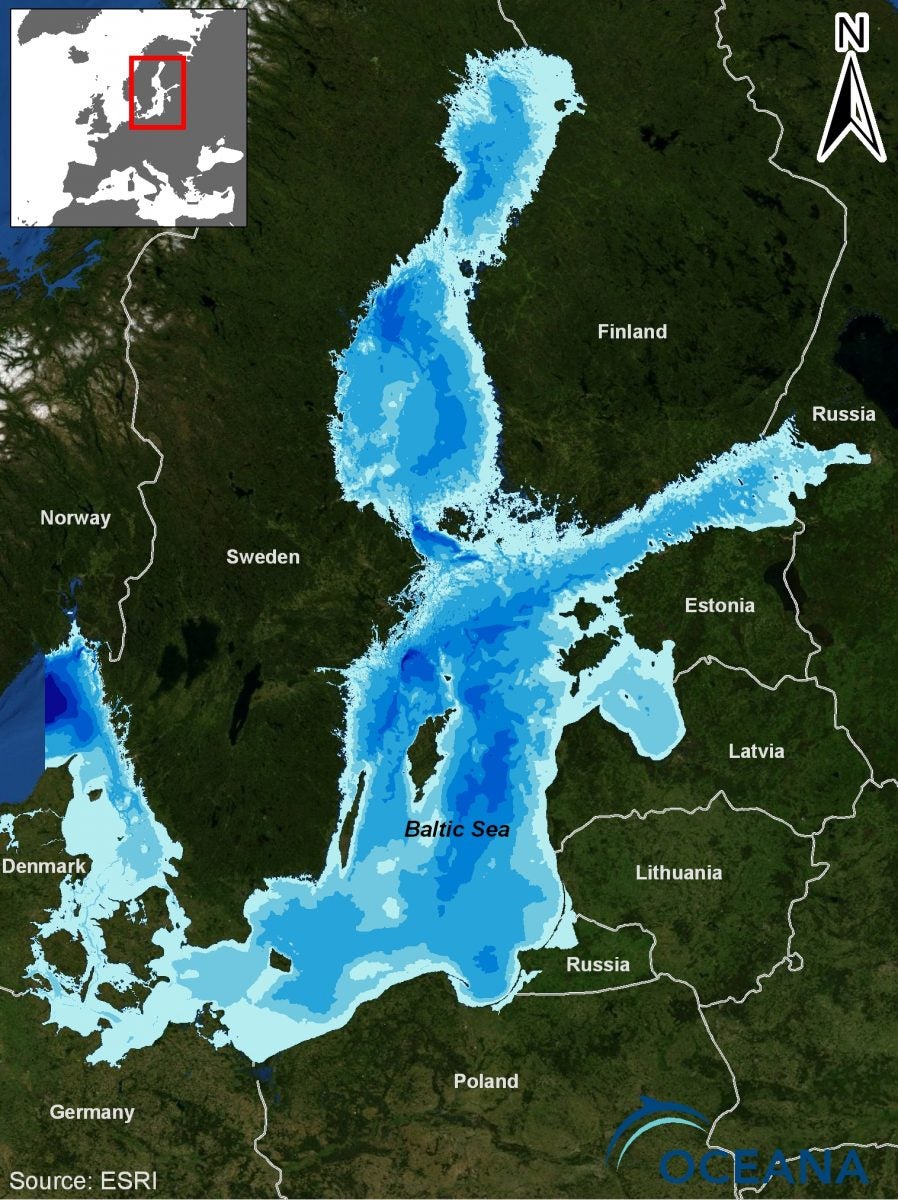Baltic: Overview
Our team of specialists works in the Copenhagen office to protect this unique sea, which covers 377 thousand square kilometres in the North of Europe and is almost entirely surrounded by nine different countries, from IUU fishing and improve the network of Marine Protected Areas. It is a very shallow sea of “brackish” water, water that is less salty than seawater but saltier than fresh water. It receives salty water from a limited exchange with the waters of the North Sea through the Kattegat and Skagerrak and fresh water from more than 200 rivers. The Baltic is rich in biodiversity and species, adapted to those conditions.
Unfortunately the Baltic is at the same time one of the most polluted seas in the world, due to exploitation and economic activities. Unsustainable fisheries are one of the most urgent threats to the Baltic fish stocks. Destructive fishing practices, like bottom trawling, high levels of by-catch and illegal, unregulated and unreported (IUU) fishing all lead to the degradation of the marine habitats in the Baltic Sea. An overview on the threats to the Baltic ecosystem was recently published by Helcom, the Helsinki Commission. Besides destructive fisheries, other threats to the Baltic ecosystem include eutrophication, caused by nutrient and phosphorus inflows from industrial agriculture all around the Sea and leading to toxic algae blooms, and the inflow of toxic substances from industrial activities, like dioxin and Persistent Organic Pollutants. Furthermore the seabed is also damaged because of construction works like dredging.
Check out our expedition in the Baltic!



